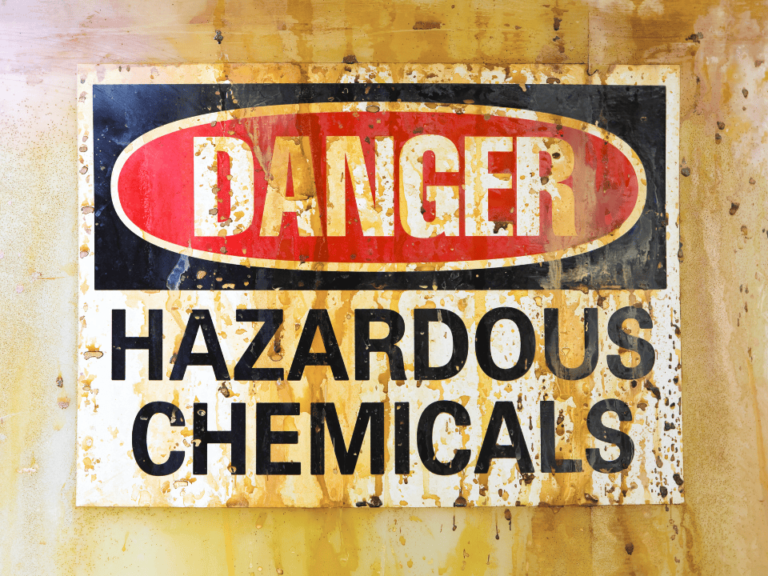How much of the potential to develop cancer is due to plain “bad luck”?
A paper published Jan. 1 in Science titled, “Variation in cancer risk among tissues can be explained by the number of cell divisions,” generated a mild controversy when the authors’ use of the term “bad luck” caught on in the press.
News publications focused on a specific number—65 percent—and reported that two-thirds of cancers are due to random mutations.
This was not what the authors Cristian Tomasetti and Bert Vogelstein, of Johns Hopkins University School of Medicine, were saying, cancer experts said.
“I am not at all criticizing the authors, except they wrote a very complicated paper that is hard for a lot of people to understand,” said Otis Brawley, chief medical officer of the American Cancer Society. “The joke, in many respects, is on us, because the way they wrote it is correct.”
Tomasetti and Vogelstein set out to determine, based on established literature and well-accepted concepts, the variation in cancer risk across tumor types and classes.
They plotted the existing literature and results along a regression line, and found a tight 65 percent correlation—not a cause-effect relationship—between the number of stem cell divisions and the risk of cancer.
“Two-thirds of the difference in risk of cancer between the different cancers is due to bad-luck mutations,” Brawley said to The Cancer Letter. “That is, if you look at stem cells that are dividing quickly versus stem cells that are not dividing as quickly, two thirds of the difference in risk is due to bad luck.
“If you read his paper without knowing what I just said, it’s two-thirds of all cancers.
“We are concerned that people will read headlines about this paper, and develop the attitude to become convinced that there is nothing that can be done to prevent cancer. Therefore, they don’t have to worry about a healthy lifestyle. We’re concerned that some lawmakers may read this and become less supportive of programs to support a healthy lifestyle.”






The stochastic process of stem cell divisions should not be equated with bad luck, said Barnett Kramer, director of the NCI Division of Cancer Prevention.
“I wouldn’t have predicted that the correlation would be quite that high, and so I found it intriguing that it was. That’s the good part,” Kramer said to The Cancer Letter. “The paper itself says something that appears to equate that stochastic process with bad luck. I personally think that the use of the phrase ‘bad luck’ can be easily misinterpreted.
“Stochastic processes have a crisp scientific definition, but ‘bad luck’ doesn’t. The lay public may interpret incorrectly in this case, in my opinion, that ‘bad luck’ simply means, ‘It’s in the stars, it’s your fate, there’s nothing you can do about it.’ And bad luck is not equivalent to random mutations in a stochastic process.”
A conversation with Kramer appears here.
According to the American Cancer Society, about a third of all cancers are currently due to tobacco usage, and another 30 percent are due to bad nutrition and lack of physical activity.
“It is inappropriate to combine the two and say 30 plus 33 equals over 60 percent,” Brawley said. “We do believe it’s about half, because there are a bunch of smokers who are overweight, with bad nutrition and lacking physical activity. We believe about half of all cancers are due to lifestyle issues.
“I don’t know that Dr. Vogelstein would agree that 50 percent of all cancers are due to lifestyle, as I said, he does agree that a large proportion are due to lifestyle, and he told me, point blank, ‘You can’t make that estimate from the data in my paper.’”
Johns Hopkins posted an addendum to the initial press release, clarifying that that two-thirds of the variation in adult cancer risk can by explained primarily by “bad luck.”
“All cancers are caused by a combination of bad luck, the environment and heredity, and we’ve created a model that may help quantify how much of these three factors contribute to cancer development,” says Bert Vogelstein, the Clayton Professor of Oncology at the Johns Hopkins University School of Medicine, co-director of the Ludwig Center at Johns Hopkins and an investigator at the Howard Hughes Medical Institute.
“Cancer-free longevity in people exposed to cancer-causing agents, such as tobacco, is often attributed to their ‘good genes,’ but the truth is that most of them simply had good luck,” Vogelstein said in a statement, cautioning that poor lifestyles can add to the bad luck factor in the development of cancer.
The “bad luck” factor spread quickly because of an understandable desire to feel that cancer is beyond one’s control, said Kenneth Offit, chief of the Clinical Genetics Service at the Memorial Sloan Kettering Cancer Center. Offit had opined in a Jan. 5 New York Times story on the Science paper.
“The response to this article was fascinating,” Offit said to The Cancer Letter. “The NY Times story was on the top three list (stories that are emailed or posted on Facebook) and I think the reason for this is because there’s an understandable desire for many of our patients to feel that their diagnosis was due to bad luck beyond their control, when we know that epidemiologic evidence shows that at least half of cancers are preventable or amenable to early detection.
“The Hopkins group wrote what I described as a elegant mathematical paper showing that two-thirds of the variation in cancer rates in different tissues was explainable by characteristics of stem cells. I pointed out that they did not include two very common human cancers—prostate or breast—where stem cell data is sparse, and so the notion that most cancer is due to random causes was not the scientific conclusion of this study.
“In fact, some of the predictions of this model are correct and some are not, as I pointed out in my commentary to the NY Times. I cited the example of medullary thyroid cancer—which is often a hereditary cancer—and in addition the cancer spectrum of Li-Fraumeni syndrome is not as would be anticipated by the model. But this model is a first approximation, and an innovative approach to an age-old question first identified by Armitage and Doll a generation ago.
“The lay and media response to the report I think conveyed more about the public’s fears and misunderstanding of the causes of cancer than the intriguing hypothesis-generating content of the scholarly article published in Science.”
The bad luck issue has attracted attention beyond its value and importance to cancer research and prevention, said Peter Boyle, president of the International Prevention Research Institute, professor of global public health at Strathclyde University, and lead author of the institute’s 2013 State of Oncology report.
“Indeed, the media attention may have a negative influence of on-going preventive programs,” Boyle said to The Cancer Letter. “There are questions raised about the overall approach taken in the paper and the nature of the sample of tumor types employed makes any overall finding of questionable value.
“Time will tell how these findings will play out. In comparison, since the middle of the last century, knowledge of cancer risk factors has grown and we are now sure that alteration of certain lifestyle factors will lead to reductions in cancer risk and, thereby, contribute to cancer prevention.
“This has already been seen with changes in lung cancer in response to changes in smoking prevalence, the reduction in upper gastrointestinal tract cancer with reductions in tobacco and alcohol and with a variety of other identified cancer causes.
“Many populations in high-resource countries have experienced a doubling or more of cancer incidence over past decades. It is difficult to believe that ‘bad luck’ has doubled in these populations while there have been very substantial changes in preventable risk factors such as smoking. Cancer prevention programs are now having a positive effect on reducing individual risk and to lowering population rates.
“It is essential that these advances are not put in jeopardy by science where the jury is still out on its value and importance.”











